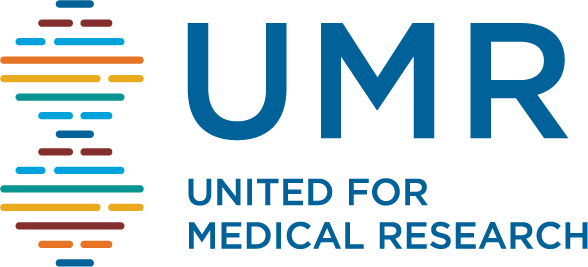The Centers for Disease Control and Prevention (CDC) defines long COVID as health problems lasting four or more weeks after first getting infected with the novel coronavirus, impacting as many as one out of every four patients who are diagnosed with COVID-19. The aftermath of symptoms for self-described “long haulers” is unfortunately all too real: one patient shared that even after a full 12 months since he “recovered” from his COVID-19 infection, he is still dealing with symptoms like trouble breathing, coughing, shortness of breath and having to rely on an oxygen tank because of severely damaged lungs.
